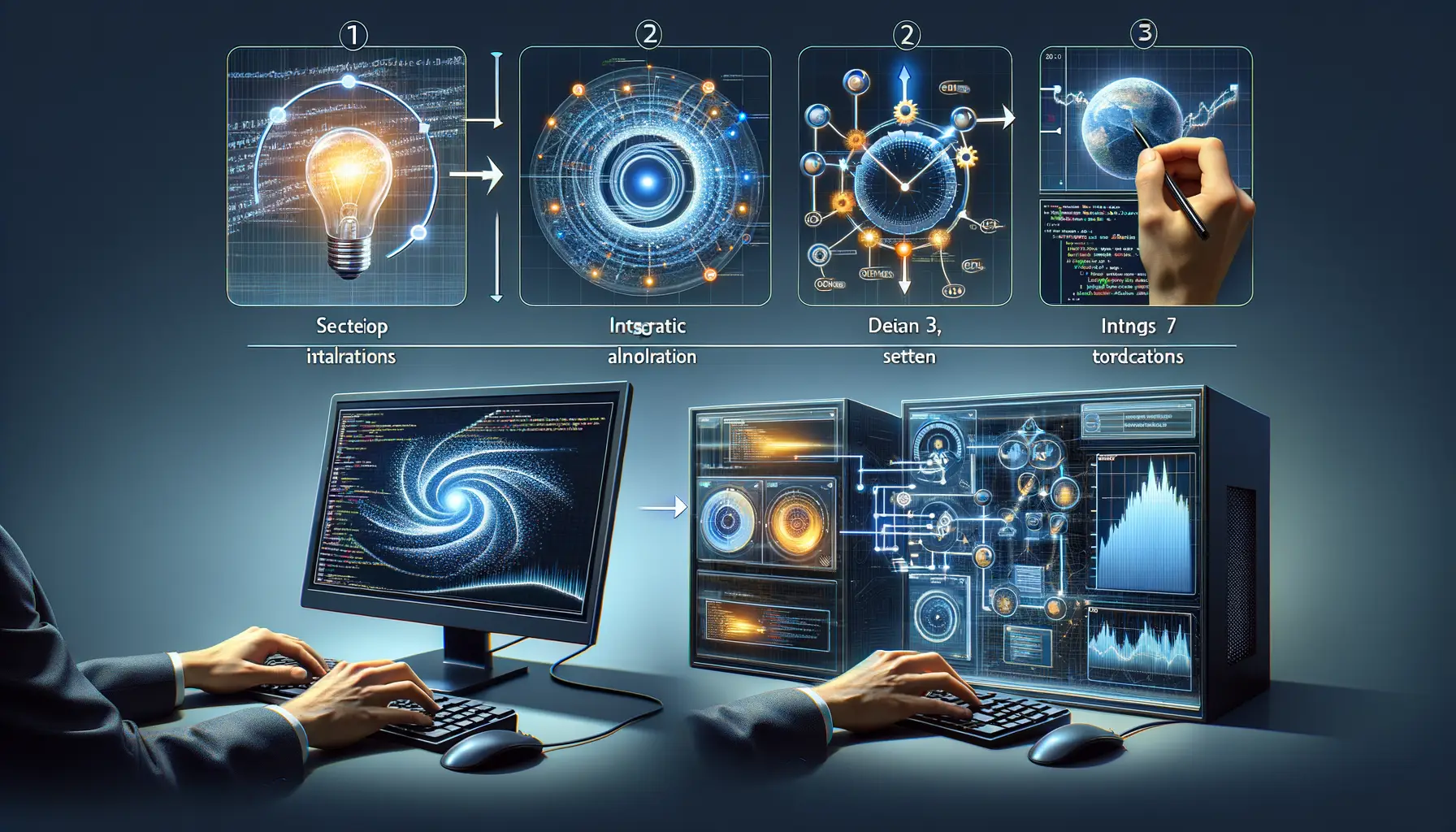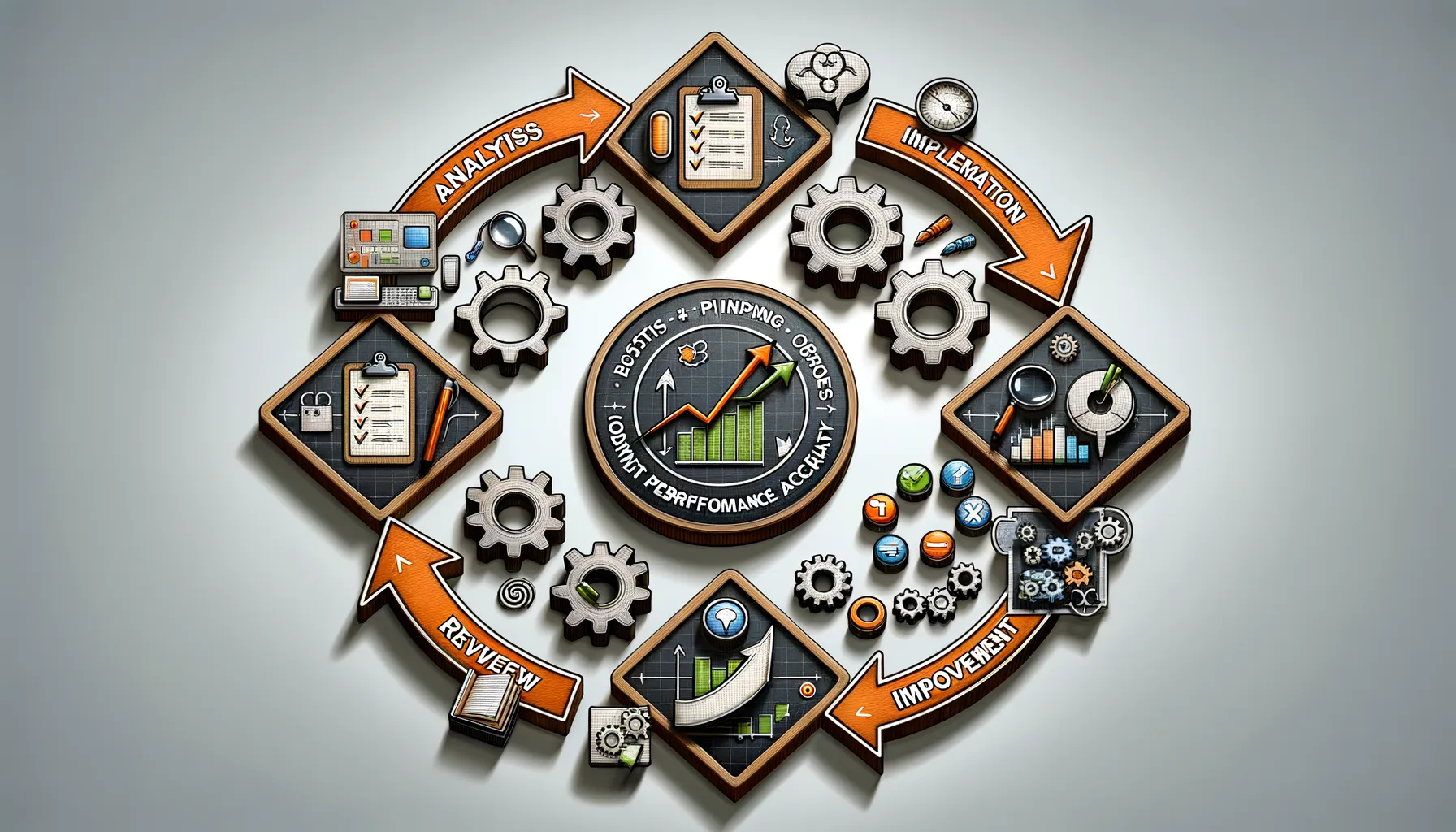Introduction to Machine Learning in Mobile Apps
Picture this: You’re scrolling through a food delivery app, and it magically knows exactly what you’re craving for dinner. Or maybe your fitness app tracks your routines and gives you tailored suggestions that fit your goals like a glove. These aren’t just happy coincidences—they’re the magic of Machine Learning (ML) doing its thing! And trust us, in the world of mobile apps, ML isn’t just a trend; it’s the pulse that keeps innovation alive.
The “Brain” Behind Smarter Mobile Apps
At its core, Machine Learning teaches apps to think, learn, and make decisions—kind of like giving your app its own digital brain. Gone are the days of static user experiences. With ML, your app adapts, responds, and evolves based on user behavior data in real time. Think of it as shifting from pre-packaged meals to a chef cooking exactly to your taste.
Here are just a few examples of what ML can do when paired with mobile apps:
- Predictive analytics: Shopping apps suggest items before you start browsing based on past behavior.
- Personalized content: Music or streaming apps serve up recommendations that feel eerily spot-on.
- Enhanced security: Banking apps use facial recognition or anomaly detection to keep your accounts safe.
Why It Feels Like Magic
What makes integrating ML into mobile apps so exciting is the seamless interaction it creates. Take real-time language translation, for instance. An app you’re using can understand and translate your text almost instantly. It feels like conversing with a language expert who’s always there by your side.
When done right, Machine Learning transforms apps from tools into companions. It’s not just about creating better apps; it’s about crafting extraordinary user journeys that feel almost human… but better.
Steps for Integrating Real-Time Machine Learning Analytics

Breaking Down the Integration Process
Taking your mobile app to the next level with **real-time machine learning analytics** might feel like scaling a mountain, but let’s simplify it step by step. First, think of this as prepping ingredients for a gourmet recipe—it’s all about having the right mix.
- Data Collection: Start by sourcing clean, relevant, and well-structured data streams. For instance, if your app tracks fitness stats, ensure sensors and user inputs provide consistent data.
- Model Selection: It’s not “one size fits all.” Choose a model that fits your app’s goals—classification for spam detection or regression for real-time price predictions.
- Integration: Leverage SDKs, APIs, or custom pipelines to bridge your model and app. Platforms like TensorFlow Lite make this process smoother than you’d expect.
- Testing: Test under real-world conditions. Stress-test your app during peak usage hours to handle surprise challenges like heavy traffic.
Navigating Real-Time Deployment
Real-time deployment is the adrenaline rush of the machine learning world—it’s fast, dynamic, and unforgiving. One critical tip: prioritize **edge processing** when possible. By running computations directly on a user’s device, as opposed to sending them to servers, you can slash latency and protect sensitive information.
Also, don’t shy away from feedback loops. A/B testing your real-time analytics isn’t just for perfectionists; it’s how innovation takes root. Test tweaks and analyze reactions—are you seeing smoother user journeys or faster response times? Keep experimenting and refining until you hit the sweet spot.
Best Practices for Optimizing Performance and Accuracy

Streamlining Machine Learning Models for Real-Time Awesomeness
Imagine your mobile app is a luxury sports car—fast, sleek, and undeniably impressive. Now, the machine learning model under the hood is like its engine. To deliver both speed (performance) and precision (accuracy), you need to tune it like a racing pro. Here’s how:
- Prune Your Models: Strip away unnecessary weights and parameters. Think of it like decluttering your closet—less noise, more focus.
- Batch Your Data Wisely: For real-time analytics, small batches can keep things snappy, while large batches may introduce delays. Strike the balance!
- Quantization: Shrink those model weights into smaller data types without taxing accuracy. Your app will thank you for saving resources.
Keep It Local, But Cloud-Backed
Offloading everything to the cloud? It’s like mailing a letter every time you need groceries—it works, but it’s slow. Instead, leverage on-device processing for lightning-fast predictions. Apps like photo filters do this brilliantly to apply effects instantly.
Still, don’t ditch the cloud entirely! Use it for tasks that need multiple brains, like training sprawling datasets or syncing updates. Combine both approaches and you’ll have a dream team working together in perfect harmony.
Pro tip: Test, tweak, repeat. Real-time analytics isn’t static; it’s a living, breathing beast. Stay flexible, stay curious, and your app will shine!
Use Cases of Real-Time Analytics in Mobile Apps

Transforming User Experiences with Real-Time Insights
Picture this: you’re using a fitness app that instantly adjusts your workout plan as it monitors your heart rate, or a ride-hailing app that predicts traffic snarls before you even notice them. That’s the magic of real-time analytics. It feels like your mobile app isn’t just an app—it’s a mind reader, a problem solver, and your personal assistant rolled into one.
Take e-commerce apps, for instance. By analyzing user behavior in real time, they can suggest that *one perfect product* right when you’re browsing—almost as if they know what you’re thinking! This creates highly personalized shopping experiences that not only delight users but also boost sales.
But it’s not just about personalization. Think gaming apps that adapt difficulty levels dynamically based on how a player is performing or finance apps that send instant fraud alerts when suspicious activity is detected. The possibilities seem to grow by the second.
- Streaming platforms: Recommending shows based on immediate viewing habits.
- Healthcare apps: Monitoring vital signs and alerting users to potential risks in real time.
- Travel apps: Proactively alerting users about gate changes, delays, or better routes.
With real-time analytics, mobile apps don’t just track—they act. They’re becoming indispensable companions, enhancing your life moment by moment.
Challenges and Solutions in Implementing Machine Learning

Overcoming Barriers: Where Machine Learning Meets Your Mobile App
Implementing machine learning into mobile apps isn’t all rainbows and smooth sailing—it can feel more like trying to solve a Rubik’s cube blindfolded. One of the first hurdles? Data quality. Machine learning models are only as good as the data you feed them. Imagine training a chef but giving them rotten ingredients—your app’s real-time analytics will suffer the same fate with messy, inconsistent, or sparse data.
And then there’s the often-overlooked challenge of computational power. A mobile device isn’t exactly a supercomputer. Crunching large datasets in real time can make your app feel like it’s trudging through molasses. But here’s the good news: solutions exist.
- Optimize resources by processing data on the cloud instead of the device.
- Use pre-trained models to save time and reduce processing heft.
Making Sense of Complexity Without Losing Your Sanity
Machine learning isn’t always plug-and-play. Customization is vital, but fine-tuning an algorithm feels like taming a wild stallion. Using tools like TensorFlow Lite or Core ML can help tame the complexity without making you tear your hair out. And remember, integration isn’t just about code—but also about a tight collaboration between developers, data scientists, and designers. Together, they can create magic. Or, at least, a seamless app experience.
